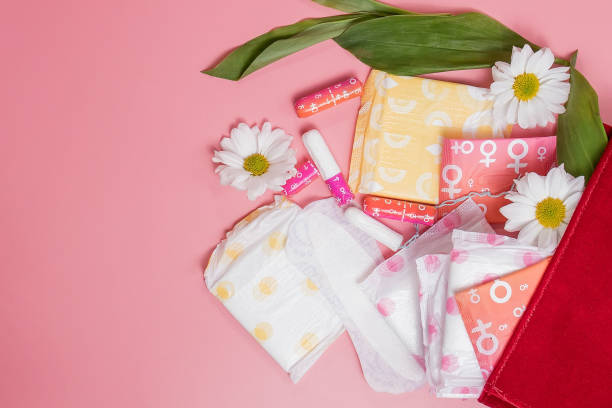Introduction:
Menstruation is a natural and biological process experienced by adolescent girls and women around the world. Despite being a normal part of life, menstrual hygiene management continues to be a significant challenge for many adolescents, particularly in developing countries. The lack of awareness and limited access to proper sanitation facilities and menstrual products can have profound effects on the physical health, educational opportunities, and overall well-being of young girls. This article aims to explore the current state of awareness of menstrual hygiene among adolescents and underscore the importance of comprehensive education and support systems to address this issue.
Understanding Menstrual Hygiene:
Menstrual hygiene encompasses the practices, knowledge, and resources required to maintain personal cleanliness and manage menstruation with dignity. It involves using sanitary products, adopting appropriate hygiene practices, and having access to clean water and sanitation facilities. However, inadequate knowledge and cultural taboos often surround menstruation, leading to negative implications for adolescent girls’ health and well-being.
The Global Scenario:
Globally, the awareness of menstrual hygiene among adolescents remains insufficient, with significant disparities between developed and developing regions. In many low-income countries, lack of access to sanitary products and proper sanitation facilities forces girls to resort to unhygienic alternatives such as old rags, leaves, or even soil. This not only increases their vulnerability to infections but also perpetuates a sense of shame and stigma associated with menstruation.
The Impact on Health and Education:
Poor menstrual hygiene practices can have far-reaching consequences for adolescent girls’ health. Insufficient knowledge about menstrual hygiene management can lead to reproductive tract infections, urinary tract infections, and other gynecological issues. Additionally, fear of leakage and embarrassment during menstruation often results in absenteeism from school, directly impacting educational attainment and opportunities for girls. The lack of information and support exacerbates these challenges, perpetuating a cycle of limited awareness and poor hygiene practices.
The Role of Comprehensive Education:
Comprehensive menstrual hygiene education is pivotal in empowering adolescents to manage their menstruation effectively and with confidence. It should encompass various aspects such as the biology of menstruation, proper hygiene practices, the use of menstrual products, and strategies for managing discomfort. Furthermore, addressing the social and emotional aspects surrounding menstruation is crucial to dispelling myths, reducing stigma, and promoting positive attitudes.
Creating Support Systems:
In addition to education, creating robust support systems is essential for improving menstrual hygiene among adolescents. This includes ensuring access to affordable and sustainable menstrual products, such as sanitary pads or menstrual cups, as well as providing adequate sanitation facilities in schools and public spaces. Governments, non-governmental organizations, and communities must collaborate to address these challenges and develop sustainable solutions.
The Way Forward:
Efforts to enhance awareness of menstrual hygiene among adolescents should be multifaceted and collaborative. This involves engaging parents, schools, healthcare providers, and community leaders to create an enabling environment that supports open discussions about menstruation. Governments must integrate menstrual hygiene education into school curricula and allocate resources to improve access to sanitation facilities and affordable menstrual products.
Conclusion:
Raising awareness of menstrual hygiene among adolescents is a critical step towards empowering young girls and breaking the barriers that hinder their health, education, and overall well-being. By promoting comprehensive education, providing access to sanitary products, and addressing cultural taboos, societies can create a supportive and inclusive environment where menstruation is seen as a natural and normal part of life. It is through collective efforts that we can ensure that all adolescent girls have the knowledge and resources necessary to manage their menstruation with dignity and confidence.








